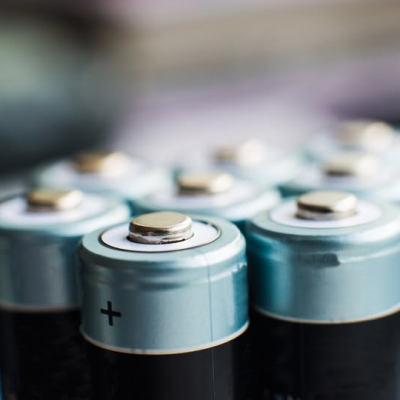A perovskite solar cell (PSC) includes a perovskite structured compound as the light-harvesting active layer. Compared to silicon solar cells, perovskite solar cells are cheap and simple to produce. Their high absorption coefficient enables ultrathin films to absorb the complete visible solar spectrum, leading to the creation of low cost, efficient, thin and flexible solar modules.
Scalable fabrication has been a big challenge for the commercialization of PSCs. A research team led by Seo Jang-won at the Korea Research Institute of Chemical Technology (KRICT) has developed a roll-to-roll (R2R) process that enables the low-cost mass production of flexible and light perovskite solar cells. R2R processing is used to create electronic devices on a roll of flexible plastic or metal foil.
As an eco-friendly antisolvent, Seo's team introduced tert-butyl alcohol (tBuOH), a colorless solid, which melts near room temperature and has a camphor-like odor, for R2R processing through cooperation with VTT Technical Research Centre of Finland.

Flexible perovskite solar cells.
"We demonstrated R2R-processed flexible PSCs at pilot scale through gravure-printing, antisolvent bathing, and subsequent annealing process," Seo's team said in its research paper published on the website of Nature Communications, a peer-reviewed scientific journal. "We believe that this work will pave a new way for high throughput, low-cost production of flexible PSCs at larger scale via R2R processes in the near future."
Based on a well-bending polymer substrate, Seo's team has developed a perovskite solar cell with an efficiency of 20.7 percent, along with a technology that can increase efficiency even at low temperatures.
Electronic transport layers in solar cells are duplicated into layers with dense tin oxide particles and porous layers with zinc oxide particles, allowing electrons to move actively. The research team said that electronic movement was activated at the perovskite layer, which is formed on the upper layer of the electron transport layer.
Read the original article on AJU Business Daily.







